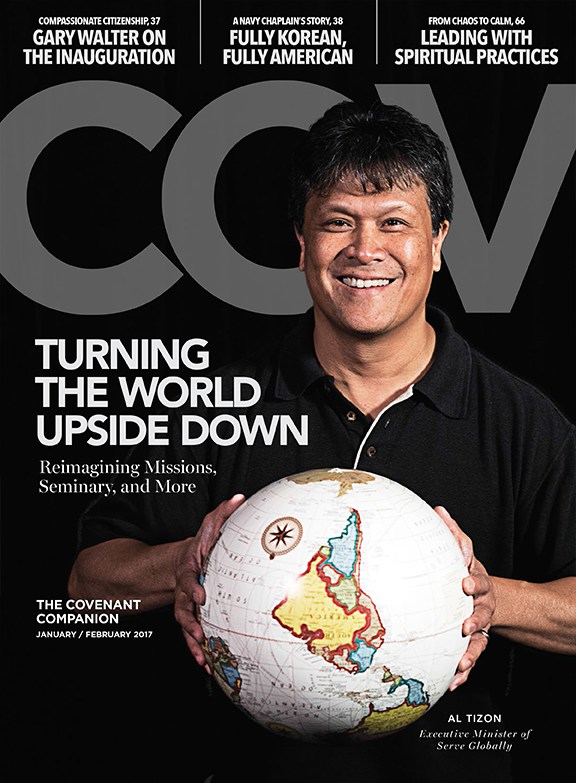When I was living in the suburbs, it was easy to forget that my household hooked up to the grid, since the power cables were tidily buried under green lawns. Now that I live in town, I can glance out my second-story study windows and see electrical lines swooping from my house to other poles and gutters for several blocks. Those cables remind me daily that I’m connected – and that I should be a good steward of God’s resources.
Most of the energy we rely on day-to-day comes from the burning of fossil fuels: oil, gas, and coal. Emissions from these fuels affect the world’s climate and make life difficult for many people. If green habits are steps we take along this green journey, low-carbon living is the road itself – a path we all need to take.

Why take this path? According to the Carbon Dioxide Information Analysis Center, a U.S. government agency that tracks the levels of CO2 in the atmosphere, the United States, the second largest CO2 emitter (China is first), emitted 1.55 billion metric tons of carbon in 2008. That year, 40 percent of our emissions came from petroleum products (oil), used as fuel for mostly automobiles and light trucks, while 37 percent came from coal. Emissions continue to rise as more countries industrialize.
All that CO2, along with a cocktail of other lesser greenhouse gases, disrupts our climate, changes weather patterns, pollutes the air, and affects human health. In fact, a recent EPA report warned of increasingly warmer temperatures, extreme weather events, increases in water- and airborne pathogens, and increases in airborne allergens. The report concluded that greenhouse gases endanger our health right now and create air pollution that affects those with breathing problems such as asthma and emphysema. It’s worth noting that this report did not come from an organization advancing a green agenda, but from our government’s environmental agency, which ought to raise our eyebrows.
When I hear scary news like this, I want to find solutions. Not all solutions are created equal, however. We have to ask ourselves if we are willing to make the changes necessary to bring real results—better air quality, better health, a slowing down of climate disruption.
“Business as Usual” Solutions
Simple conservation and energy efficiency make a dent in our carbon emissions. If more people simply took these steps, our air quality would improve. Reduce water use with shorter showers and washing full loads of laundry and dishes. Program your thermostat to 68°F in the winter, especially at night. Shrink heating and cooling costs with weather-stripping, added insulation, and regular furnace and air conditioner maintenance. Choose efficient appliances following Energy Star and Water Sense guidelines (see resources sidebar) and switch to CFLs or LED lights. Check out the EPA’s website at epa. gov for more tips on energy conservation.
“Car-Less” Solutions
Since most of our carbon emissions come from transportation, reduce your dependence on cars and trucks by using public transportation when you can. Even better, walk, ride a bicycle, or carpool to your destination. This might mean planning ahead or rearranging your schedule when you have errands or appointments. Work from home or telecommute. I have several friends committed to riding their bicycles to work, even in the winter.
“No Turning Back” Solutions
Produce your own green energy through equipment such as solar panels, a geothermal system, or a wind turbine. Renewable energy dramatically decreases your carbon emissions and can eventually pay for itself. (A rural school corporation in my area recently installed a wind turbine that will produce 70 percent of their energy.) Contact your utility and find out if it provides green energy to its customers or energy credits. Downsize to a smaller home within walking distance to church, school, and work. My family moved to a smaller house six months ago, moving from the suburbs to town, and I treasure the simplicity and energy-savings that it has added to our lives. Does it seem like a lot to ask, changing your lifestyle to reduce carbon emissions? With the current threat of air pollution and the future threat to our atmosphere, we will face change no matter what. We can take these steps now, knowing that we are making a difference for ourselves, our family, and others.

Comments